East Coast
“It’s like this, the South got something to say.” Andre 3000 uttered while accepting the New Artist of the Year award alongside partner Big Boi. In a room full of furry, tension, and boos. The 1995 Source Awards was one of the most pivotal nights in hip hop, marking a turning point in recognizing the talent and contributions of the South and challenging the dominance of the East and West Coast.
By East Coast, we must start with hip hop’s birthdate: The story goes that on August 11, 1973, inside a Bronx New York apartment building, where DJ Kool Herc hosted a party. The vibrations of the underground movement spread throughout the city’s boroughs, where pioneers such as Grandmaster Flash and the furious Five created classic records such as “White Lines” and “The Message”. While Public Enemy, LL Cool J, and Run DMC put rap music on notice, the bridge wars between The Juice Crew and Boogie Down Productions created a territorial battle rhymefest that would cause debate for decades.
During the mid 1980s, hip hop’s influence crossed state lines and ventured outside its homeland of New York City into Philadelphia. The city of Brotherly Love’s own Schoolly D created “P.S.K. What Does It Mean”, which would be considered the first gangsta rap song. Shortly afterward, DJ Jazzy Jeff and The Fresh Prince debuted their first album, “Rock The House” with lead single, “Girls Ain’t Nothing but Trouble”. By the late 80s and into the early 1990s, artists from New Jersey, such as Queen Latifah and Naughty by Nature, began to make an imprint in the Tri-State area and beyond.
Hip hop’s golden era had established legends such as Big Daddy Kane, Eric B and Rakim, A Tribe Called Quest, MC Lyte, Slick Rick, and EPMD. This area was marked by an elevation in the art of lyricism. It has produced classic works from Wu-Tang Clan (36 Chambers), Nas (Illmatic), the Notorious B.I.G. (Ready to Die), Mobb Deep (The Infamous), DMX (It’s Dark and Hell is Hot), Jay-Z (Vol. 2… Hard Knock Life), and Lauryn Hill (The Miseducation of Lauryn Hill), which all became noteworthy classics. The East Coast Primarily New York will forever have undebatable credit for birthing the culture. But the culture couldn’t remain there.
West Coast
West Coast rap starts with its influence by Schoolly D’s “P.S.K.” Los Angeles rapper Ice-T created “6 N’ the Morning.” The Song inspired five rappers from Straight outta Compton to form N.W.A. The group members, Ice Cube, Dr. Dre, DJ Yella, MC Ren, and frontman Easy-E, unleashed rebellious rap music that was praised for its innovation and criticized for its misogyny. Easy-E created his own label, Ruthless Records, whose roster would include J.J. Fad, Above the Law, The D.O.C., Michel’le, and later a young group from Cleveland, Ohio, named Bone Thugs -n- Harmony.
Elsewhere in the Sunshine State, Northern California rappers became famous by becoming independent record label CEOs. The Bay area rap scene produced such legends as Too $hort, E-40, and Mc Hammer, the ultimate showman, became a mainstream superstar and elevated hip hop’s commercial value.
By the late 1990s and into the 2000s, West coast music influence was undeniable with artists such as Cypress Hill, Mac Dre, Spice 1, Mac Mall, The Pharcyde, Souls of Mischief, Mistah F.A.B. and many others. Groups intentions over money dissolved N.W.A. as a group, but their legacy would live on to create one of hip hop’s most successful family trees.
Ice cube would have a legendary solo run with releases Amerikkka’s Most Wanted, Kill at Will, Death certificate, and The Predator. Dr. Dre would create The Chronic, A classic album that became the soundtrack to the L.A. Riots. Dre and partner Suge Knight would form Death Row Records, whose controversy shone as bright as their musical roster, with the likes of Snoop Dogg, Tha Dogg Pound, Lady of Rage, Nate Dogg, and later 2Pac. This era impacted future generations of California rappers: The Game, Nipsey Hustle, Kendrick Lamar, J. Cole, YG, Saweetie, DJ Mustard, Tyler the Creator, and others.
Midwest (East Coast/ West Coast Battle)
The Midwest is the most underrated region in hip hop because those artists usually represent the most under the radar states in the nation, aka, flyover country. The glamorous areas of America are: New York City, first; California, second; and everywhere else last. While the origin of Down South hip hop could arguably be traced back to southern states feeling a united hatred towards the North (which resulted in an actual war), musically speaking, Midwest states and cities aren’t really known for their regional togetherness.
The rap music created by pioneering Midwest artists such as Common, Twista, and MC Breed, was more a sonic representation of the artists as individuals not symbolic of the region as a whole. Although Common’s “I Used to Love H.E.R.” was intended to be a tribute to hip hop culture, the song sparked an accidental feud with Ice Cube. Even that battle is often seen as part of the East Coast/West Coast “beef”, not a Midwest/West Coast one.
The South Has Something To Say
The 1995 source awards is infamously (and falsely) known for setting off the East coast/West coast rap war. What happened under the radar was that Outkast won the award for Best New Rap Group, and Andre 3000, appearing disgruntled, stepped to the mic with a message:
“But it’s like this, tho. I’m tired of folks– know what I’m sayin’ –them closed minded folks. Know what I’m sayin’? It’s like, we got a demo tape, but nobody wanna hear it. But it’s like this: THE SOUTH GOT SOMETHING TO SAY. That’s all I got to say!”
Andre 3000’s speech was a long overdue response to the criticism. “Them down-South people can’t rap!” that had existed for years. It was a wake up call, a rally cry, and a harbinger of what was to come.
Pioneers such as Uncle Luke and his Miami, Florida based group, The 2 Live Crew, sold millions of records; plus they won a fight against the United States government over censorship that all rappers benefited from. Port Arthur, Texas, duo Pimp C and Bun B known as UGK released classics such as 1996’s Ridin’ Dirty. And Eightball & MJG Comin’ Out Hard (1993) opened the door for Memphis, Tennessee. And Houston’s Geto Boys’ “Mind Playing Tricks on Me” (1991) was critically respected and reached number 23 on Billboard 100. All were notable works by soon to be legendary artists, but they were still dismissed and ignored at the time by their East Coast/West Coast peers.
The South
T.I. ‘s “Trap Muzik” released on August 19, 2003, became the one of the many templates of Southern rap; it broke through barriers and earned even more room and respect for the South. Then, Southern artists such as Ludacris, Nelly, Jeezy, Killer Mike, Yung Joc, Waka Flocka Flame, Gucci Mane, and others continued to unapologetically kick in the doors and stayed there. Later rappers would adopt T.I.’s formula. Atlanta trap music ushered in Future, 21 Savage, Lil Baby, 2 Chainz, Young Thug, Migos, and others. These rappers/MCs took the respect they weren’t given and have continued to thrive as a dynasty, making the South the supreme region in Hip Hop today.
“I think when Tupac got killed, and then Biggie was murdered shortly after people realized it was a dead end road … the south was bubbling doing their thing … At one point hip hop fans were fed up with the east coast west coast beef they said we’re just gonna pay attention to what the south is doing.” – Ice Cube. Ice reflects a pivotal moment in hip hop history, where the tragic deaths of Tupac Shakur and The Notorious B.I.G. brought a devastating realization to the industry. The intense rivalry between the East Coast and West Coast had reached a climax, leaving fans disillusioned and seeking a different direction for the culture.

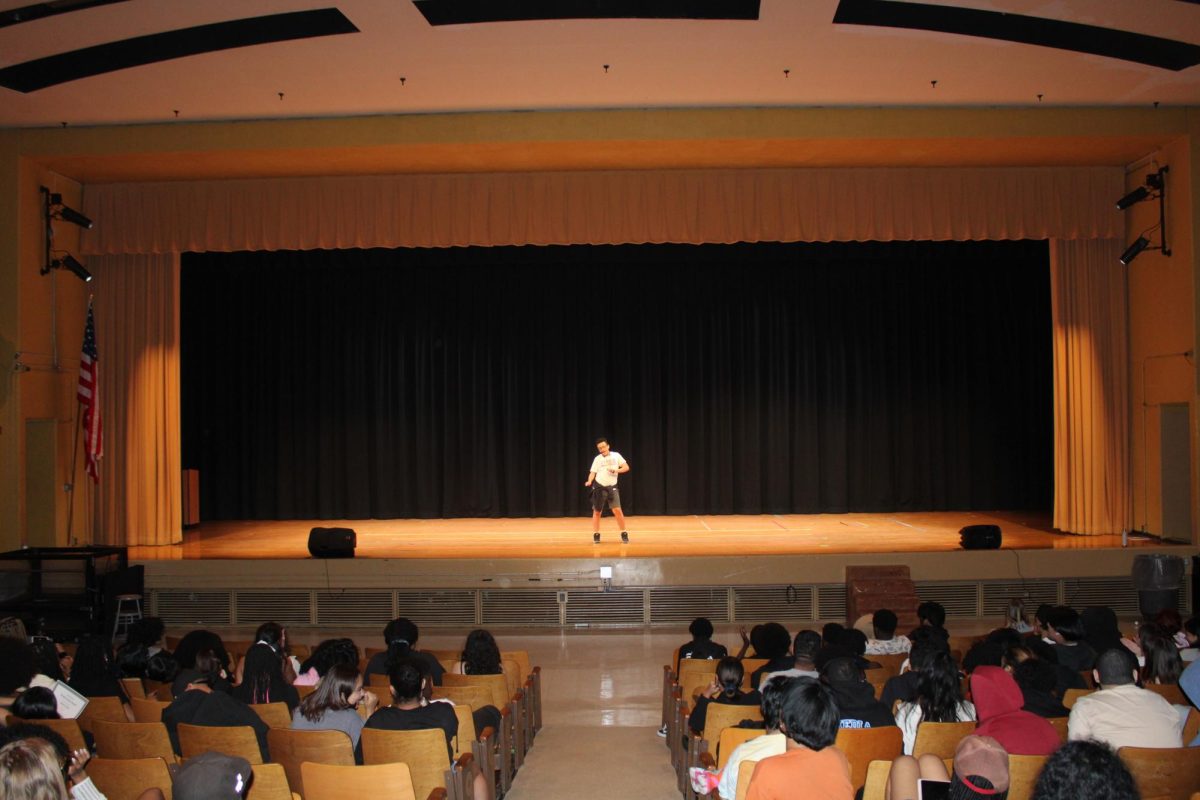


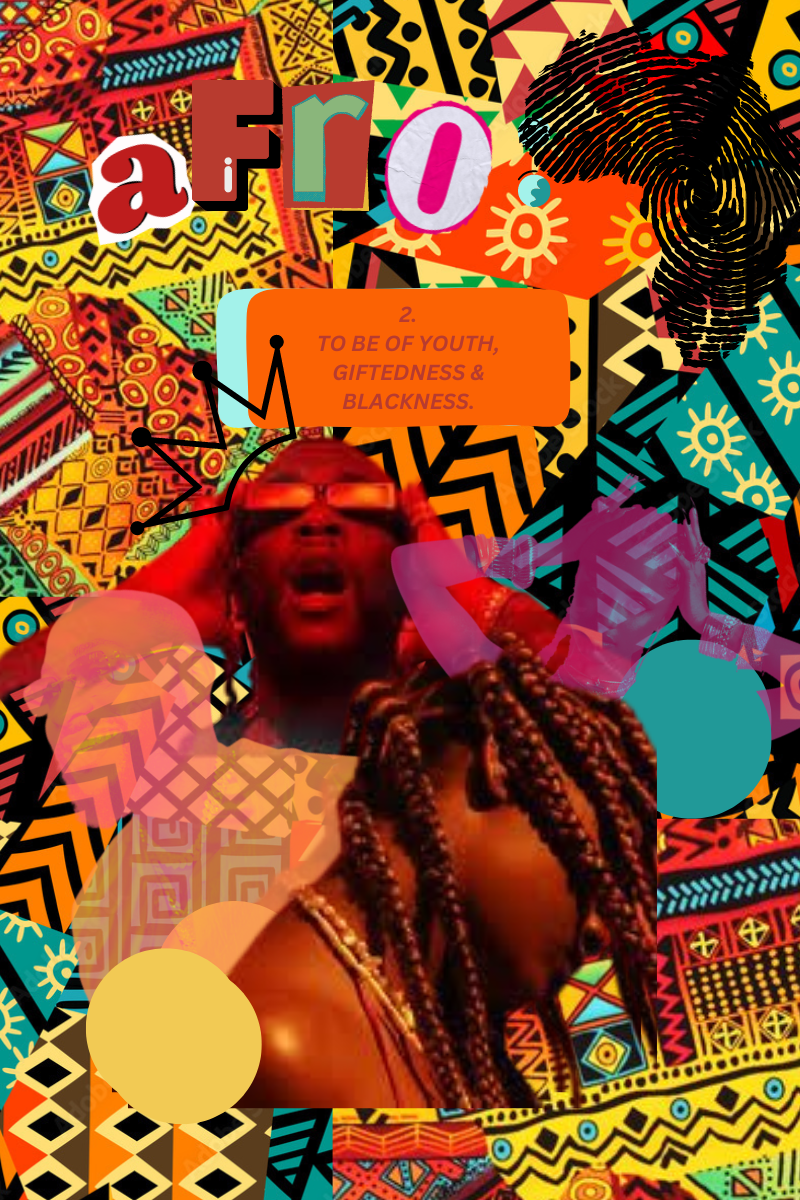


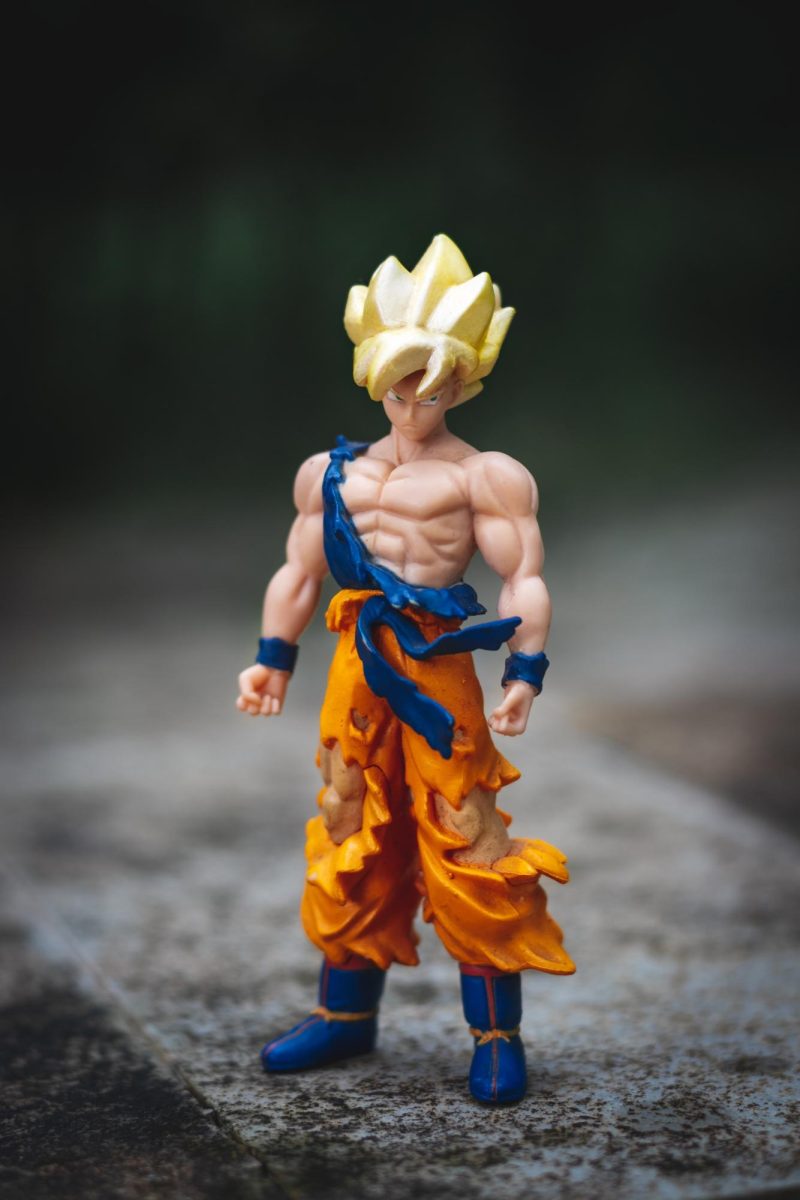
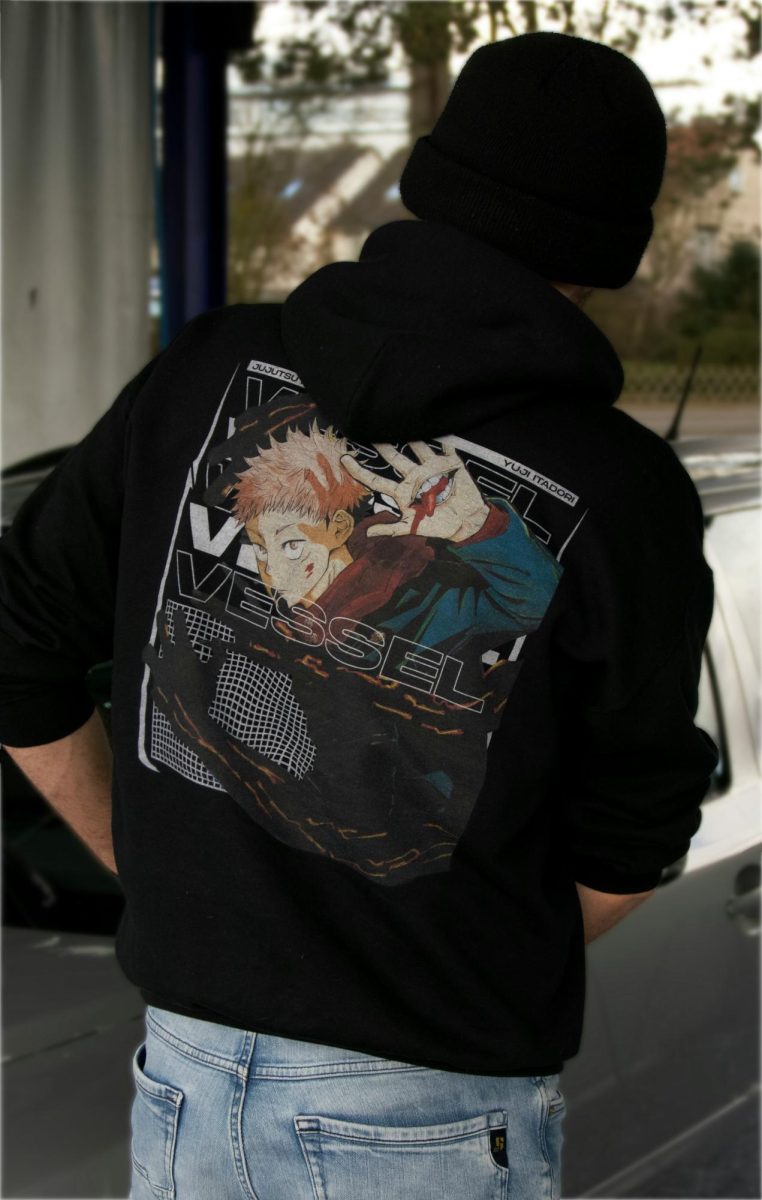
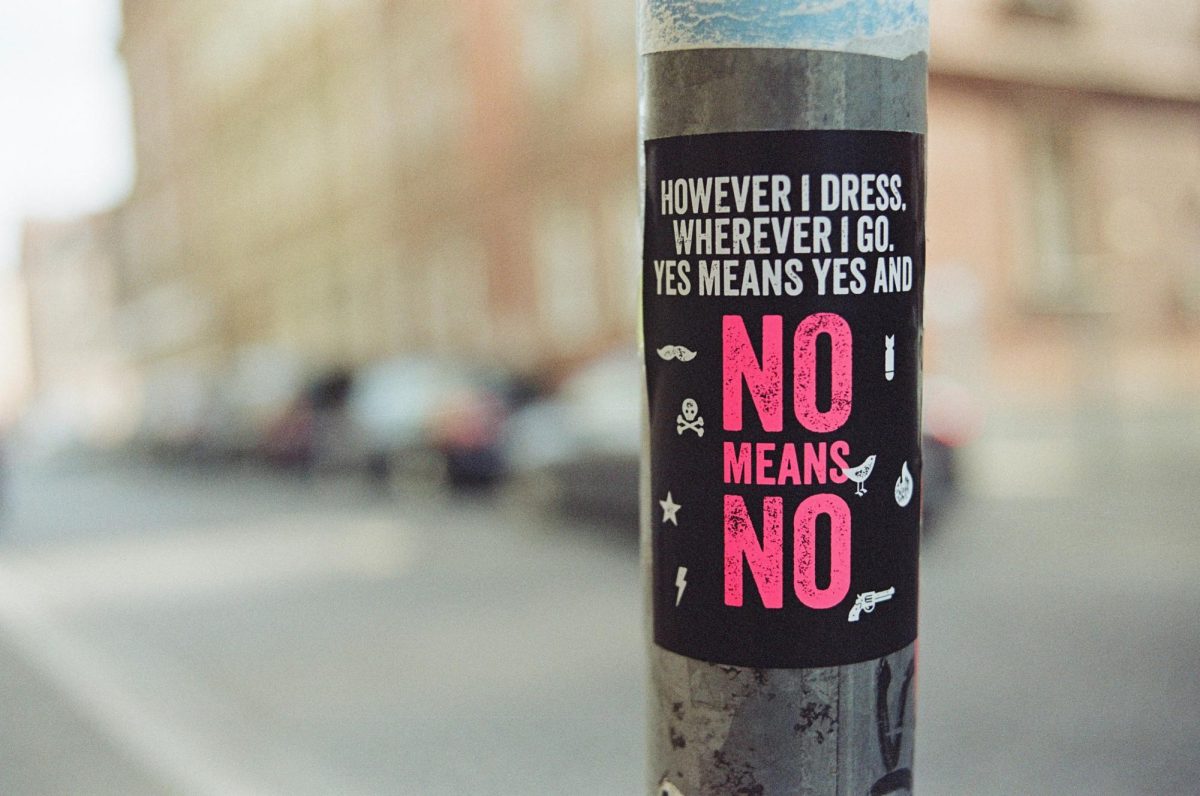

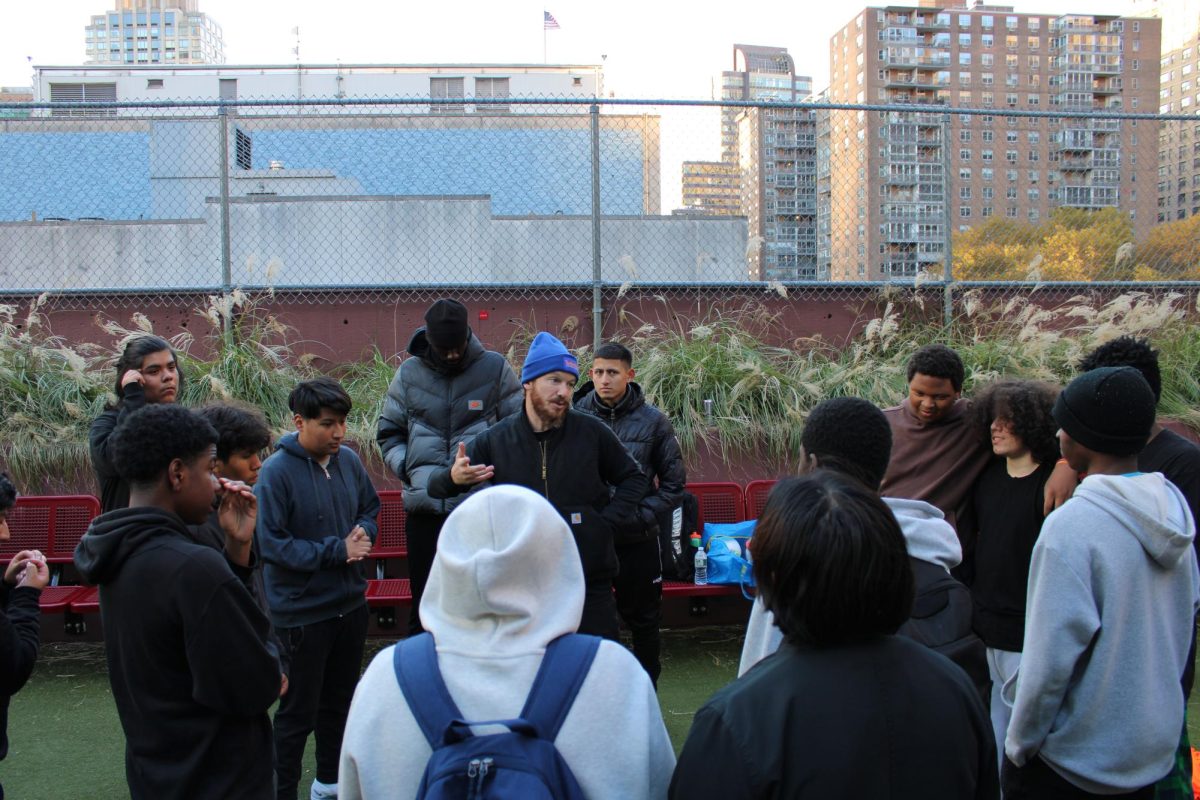


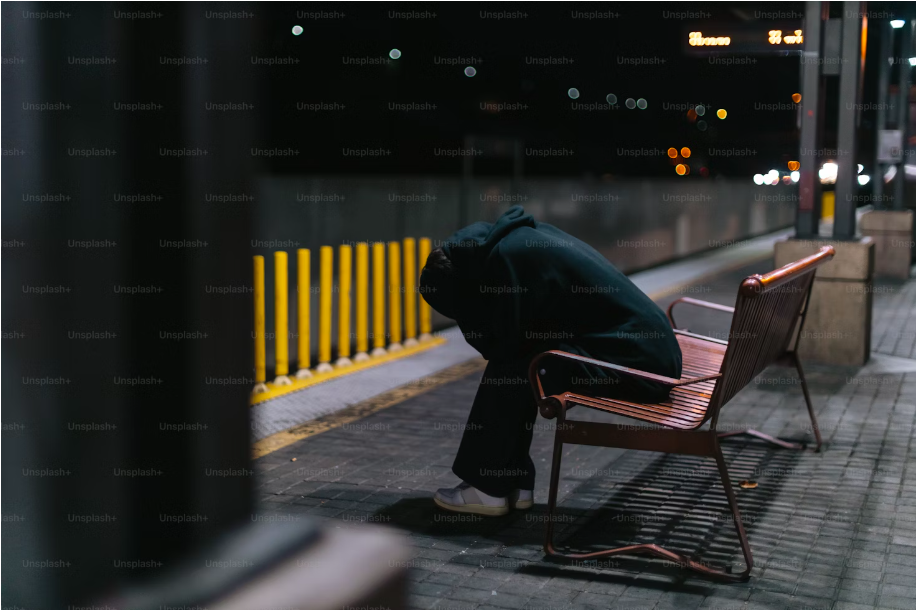
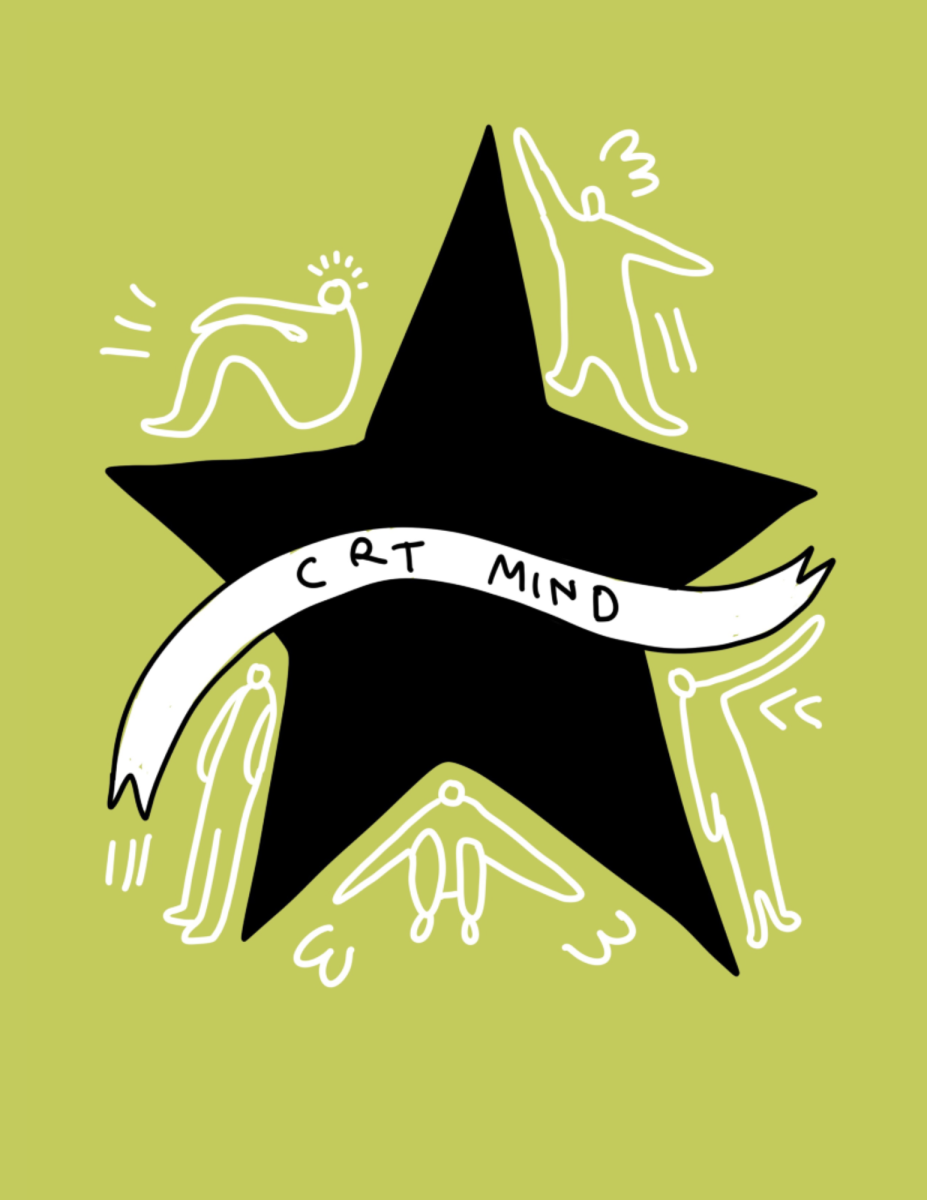
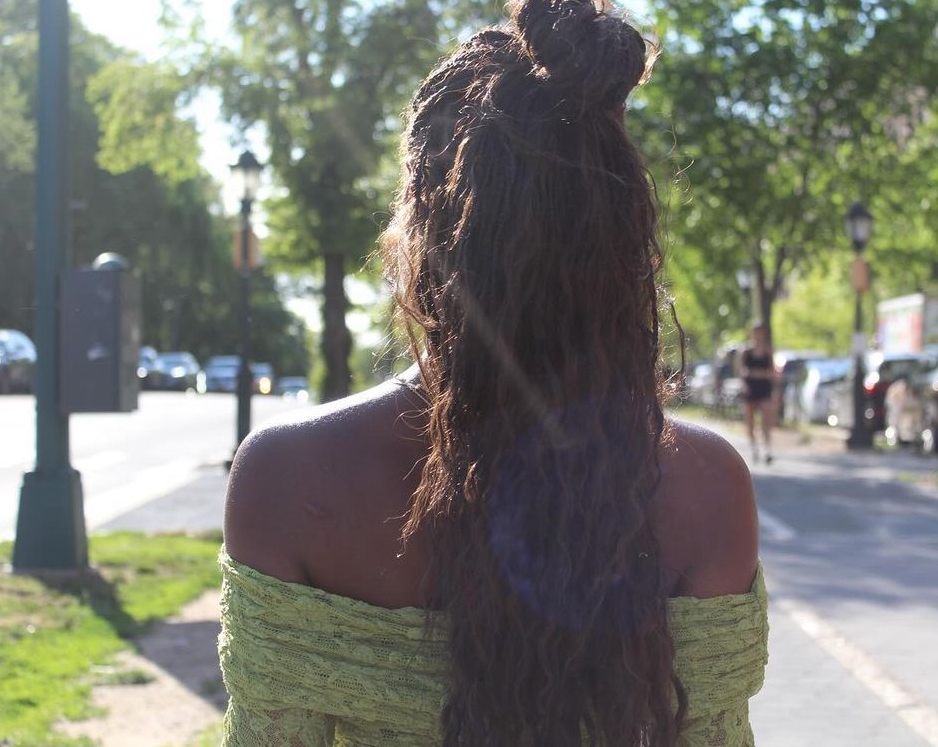






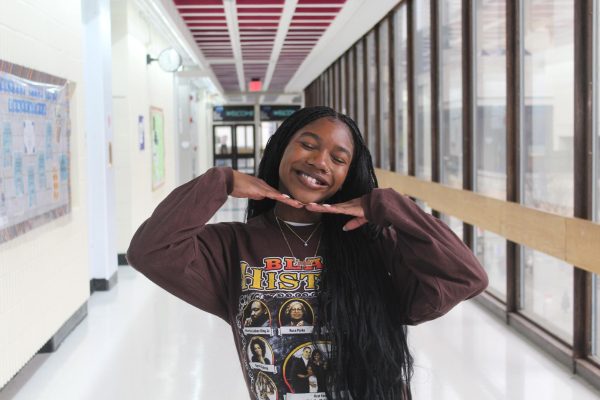
Egypt Symonè • Apr 8, 2024 at 12:23 am
YAWP YAWP IKDR..this article was really informational on the big (& unknown) names of HIP HOP & just really showed the evolution of the Southern region through Hip Hop. SPECIAL SHOUT OUT TEW YEW T